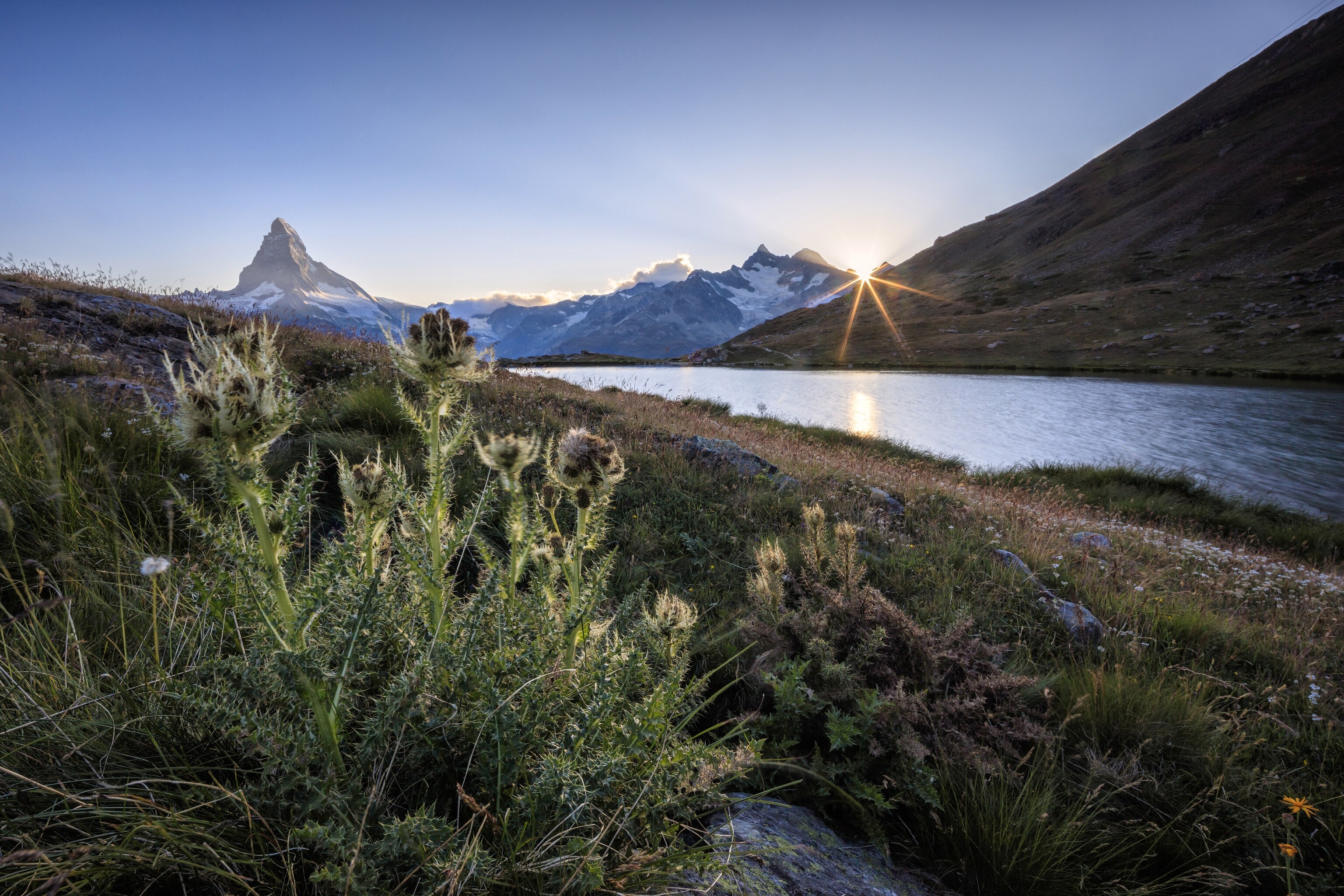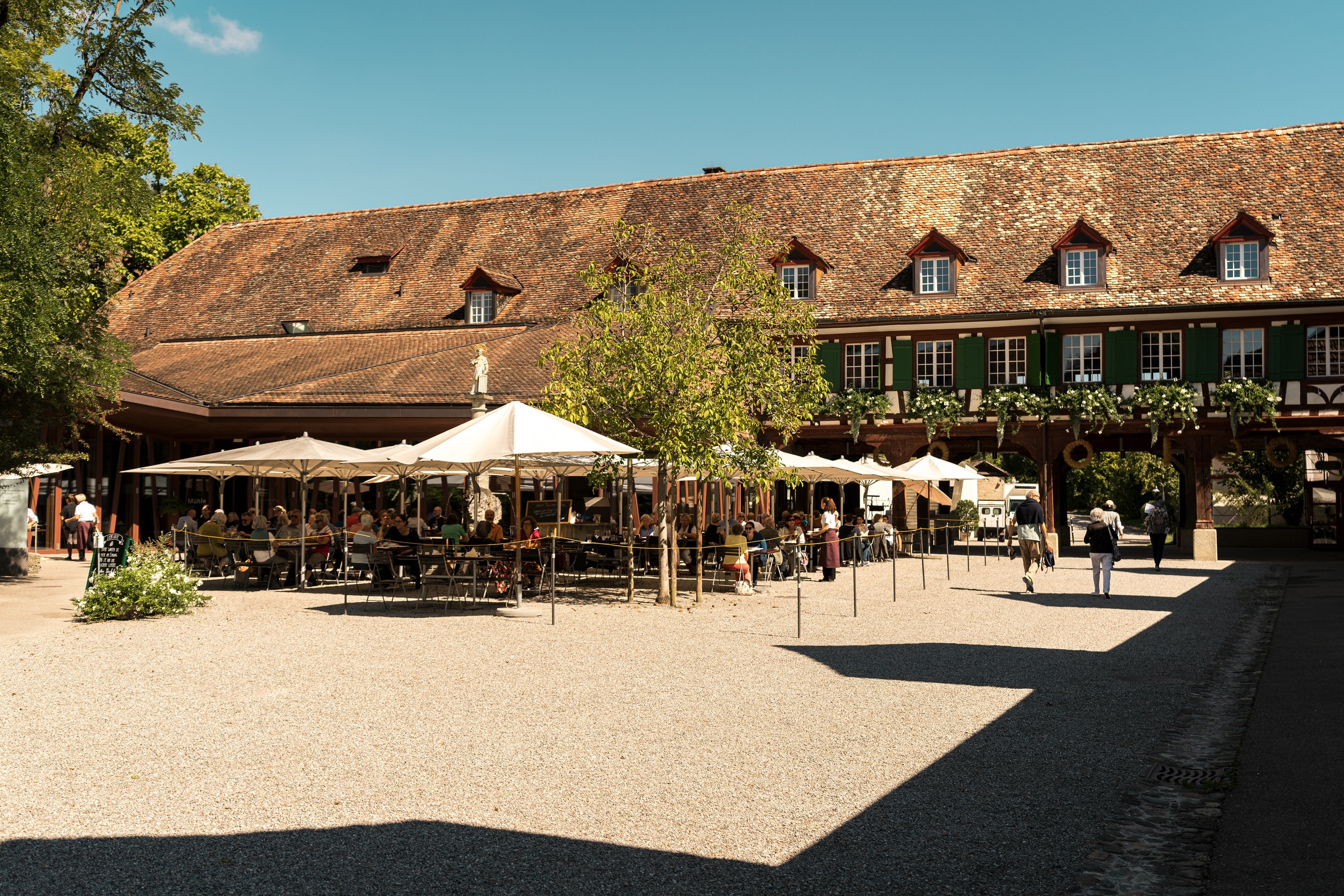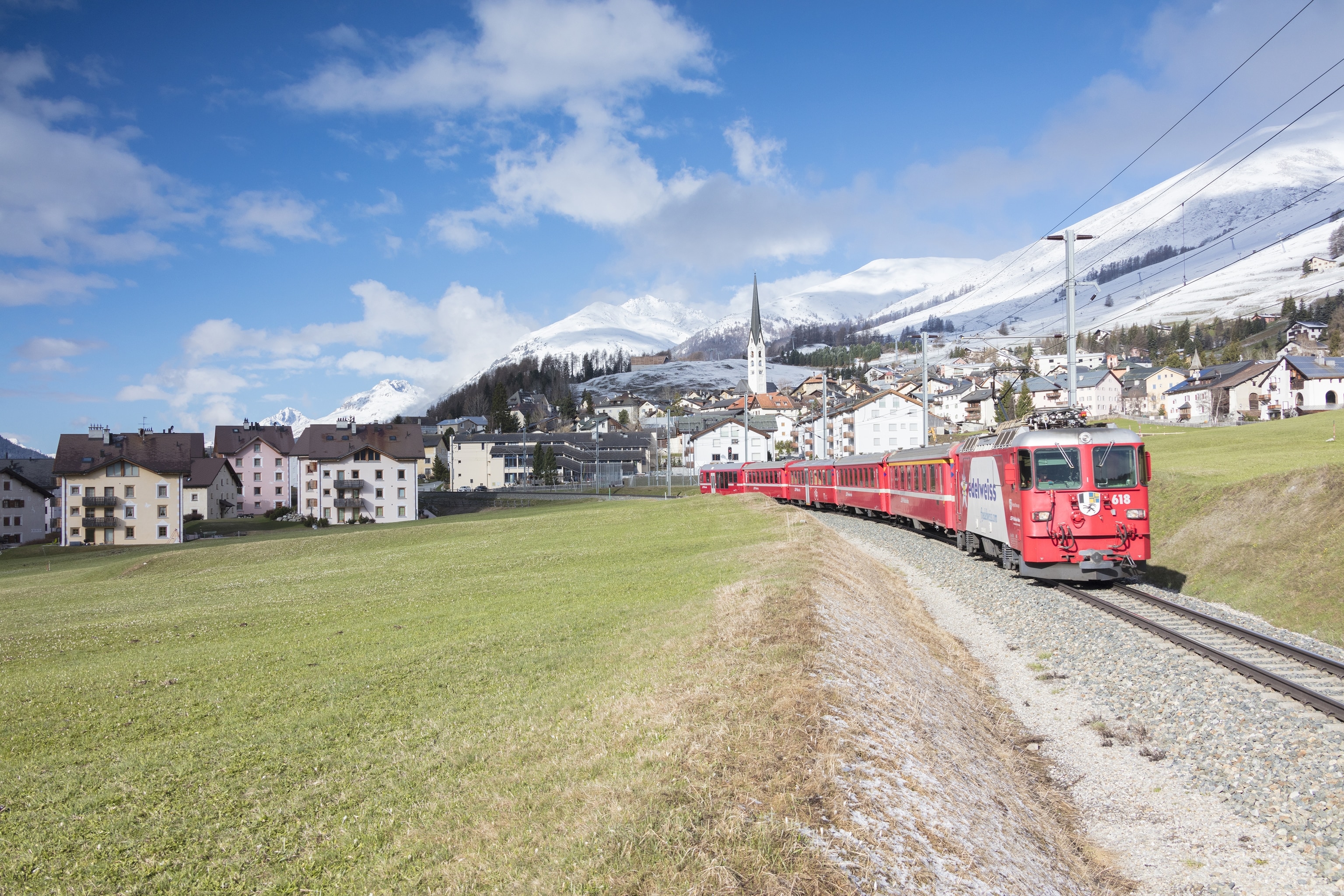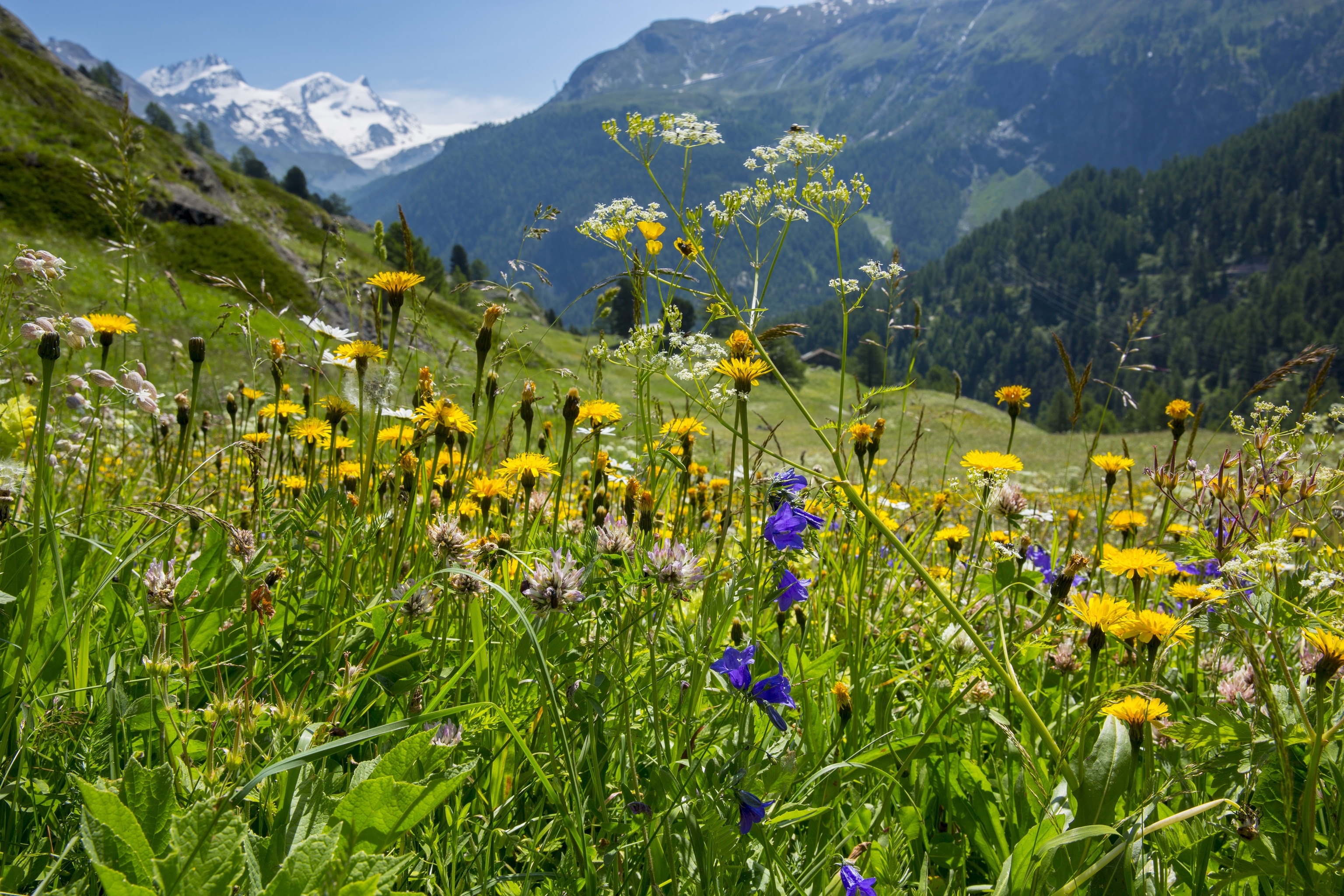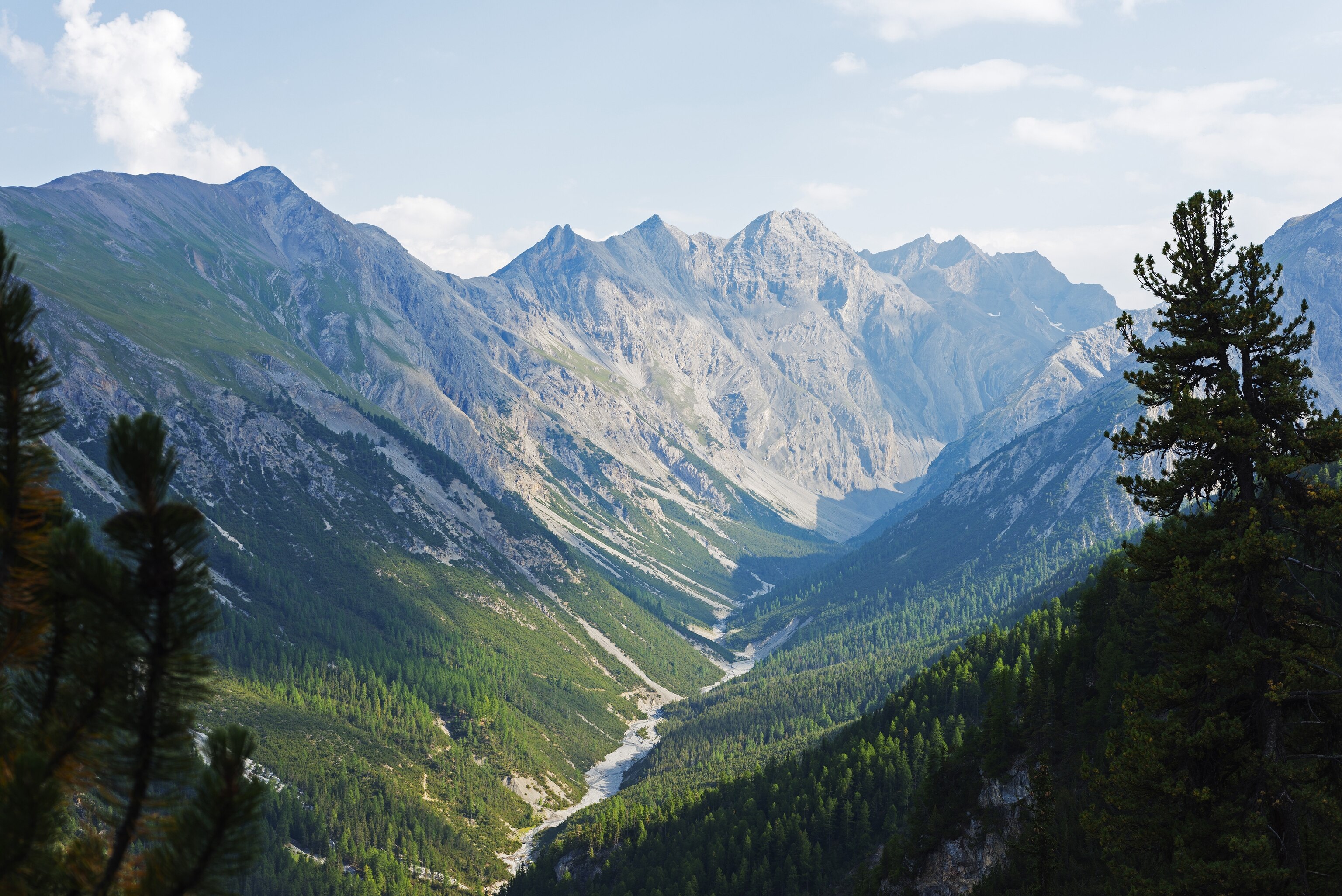
Travel lighter in sustainability-focused Switzerland
The Swiss love of nature combined with their famous ingenuity and efficiency, makes it the perfect destination to enjoy easy-to-reach, low-impact adventures.
From the majestic Matterhorn and the jaw-dropping Staubbach Falls to the turquoise waters of Lake Brienz, everywhere you look in this landlocked country is a diverse, epic landscape. No wonder the Swiss are proud of their natural heritage and enjoy a famously close connection to the great outdoors. The scenery, of course, takes your breath away, but beneath the veneer of perfect peaks and crystal-clear lakes lies an age-old commitment to environmental stewardship that means these natural adventure playgrounds continue to be protected for the benefit of everyone.
Sustainability matters to the Swiss. Thanks to a long-term collective political will for resource management and low carbon connectivity, the Swiss lead famously eco-friendly lifestyles, from a national devotion to household recycling to a preference for train travel and a wholesome love of outdoor adventure. Factor this in with the well-known characteristics associated with the Swiss―originality (Swiss Army knives), reliability (Swiss trains), and precision (Swiss watches)―and you can understand why the country has such an innovative environmental record: 75 percent of Swiss power comes from renewable sources, the Swiss National Park is the oldest national park in the Alps, and Switzerland has been recognized as one of the most progressive and committed nations acting on climate change.
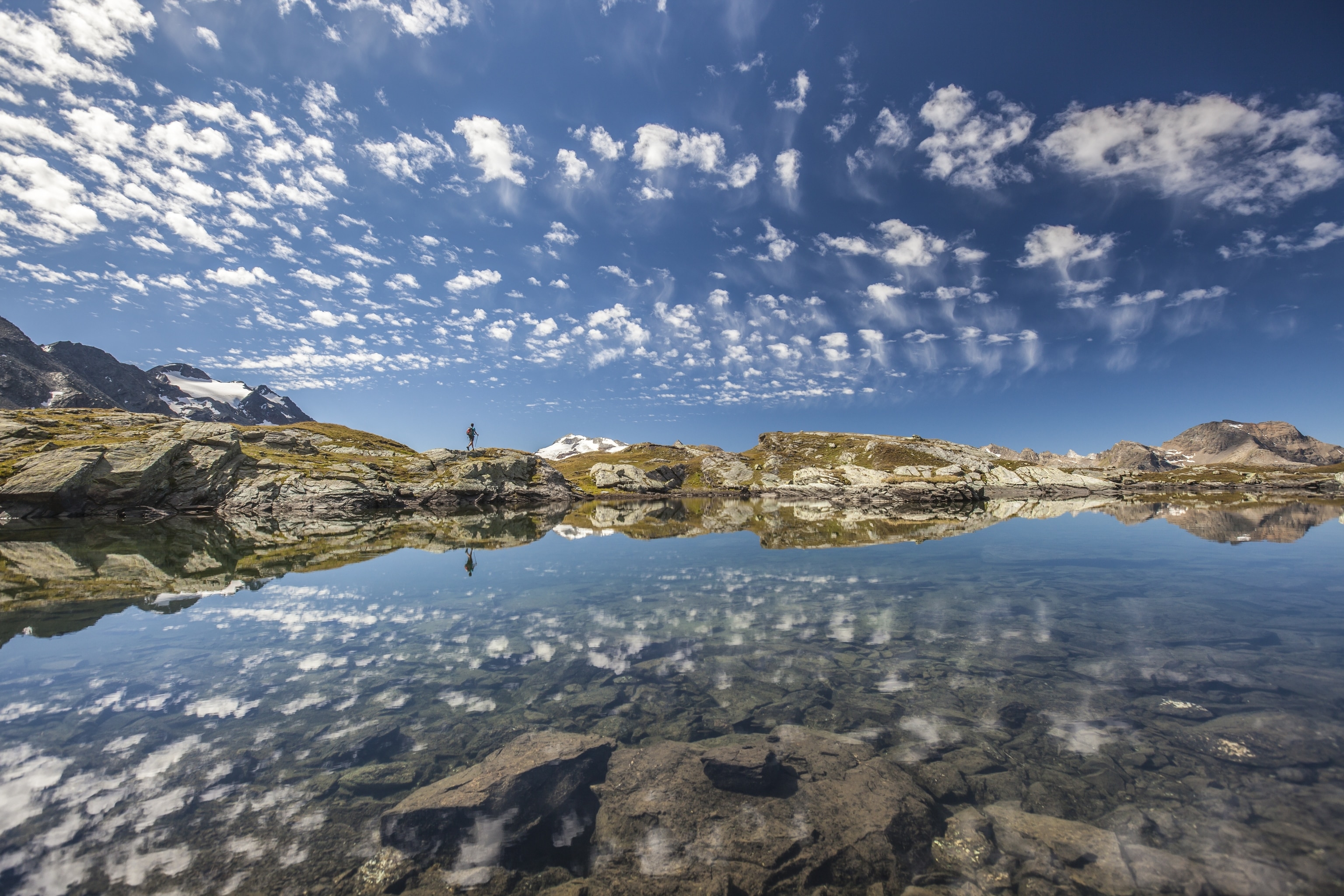
Rural roots
The close bonds that the Swiss enjoy with nature and the great outdoors can be traced back to Switzerland’s roots as a rural-based economy when many lived and worked in mountainous rural areas. The connection with that heritage can be seen in many aspects of modern Swiss life: market days and agricultural food fairs occur across the country, and are dedicated to selling regional rural products―from numerous cheese varieties to a wide range of smoked meats, chestnuts, chocolate, and cakes. Many traditional customs associated with the bygone farming lifestyle are still recognized and celebrated today, particularly those associated with the end of the alpine summer when the cows return from their high alpine pastures to the valleys, such as the Chästeilet cheese festival in Mägisalp in the Bernese Oberland.
Countryside produce is also at the top of the menu at any number of farm-to-fork restaurants that focus on the provenance of agrarian organic food, such as the gourmet restaurant Jakob in Rapperswil, the celebrated organic restaurant Tüfi on the outskirts of Zurich, and the self-sufficient Kartause Ittingen restaurant on the site a former monastery in Thurgau. Kartause Ittingen has its own dairy, butcher, bakery, gardens, and wine cellar. Rural lodgings also provide the Swiss with the opportunity for reconnecting with country life: being at one with nature, taking in the fresh mountain air, and gazing up at clear night skies.
It’s no wonder places like the secluded Arolla campsite on the Haute Route between Zermatt and Verbier are so popular―it’s the highest altitude campsite in Europe with superb views of the north face of Mont Collon and the Pigne d’Arolla. Also popular are the nine timber-framed luxury lodges at the boutique CERVO Mountain Resort in view of the Matterhorn, and the pioneering luxury geodesic domes of Whitepod, perfectly positioned high up on the slopes above the village of Les Cerniers, Vallais, and offering a fantastic view of the Dents-du-Midi mountain range.
Local connections between cities and mountains
The expansion of the Swiss railways during the industrial revolution in the late 19th century laid the framework for Switzerland’s extensive public transport network as well as the development of the Swiss Travel Pass―a marvellous manifestation of collaborative Swiss thinking that offers unlimited travel by train, bus, and boat across the country, free admission to 500 museums, and unlimited travel on premium panorama trains up to the glaciers and mountains. Eco-friendlier travel from their homes to the refreshing and wild mountains is not only easy for the Swiss, but affordable, too.
What’s more, the network is famously efficient―if your experience of “traincations” has ever left you waiting at a remote rural railway station for an onward connection that never arrived, then the reliability of the Swiss network will be a revelation. So, too, will the country’s coordinated network of thousands of miles of waymarked hiking and cycling trails, from the lovely cycle-friendly lakeside routes of Lake Constance and the off-the-beaten-path trails among glorious flower-filled meadows of the Engadine to ancient tracks up to panoramic mountain cafes for fabulous views of the Eiger, Mönch, and Jungfrau.
Best of all, almost every Swiss town can be reached by public transport, so you’re never too far away from a connecting train, bus, or boat ride, enabling you to make the most of Swiss hospitality and the wide range of outdoor adventure activities in many remote, rural areas without ever needing a car.
Landscape protection
The extent of protected areas throughout Switzerland confirms how much cultural and economic value the Swiss place on their country’s world-class natural assets. Legislation passed by the Swiss authorities 125 years ago ensured that nearly a third of the country’s surface area had to be maintained as forests and woodlands.
There are also several large tracts of Switzerland that have been established to help enhance and maintain natural habitats, such as the moorlands, craggy karst formations, and wild mountain streams of Switzerland’s UNESCO biosphere reserve west of Lucerne, and the forests, marshland, jagged limestone rocks, and glades of the Jura Vaudois Nature Park, from the summit of La Dôle to the medieval monastic town of Romainmôtier. The long-standing devotion of the Swiss to their natural environment now forms part of the nation’s transition to a decarbonised society. In 2017 Switzerland was named as one of the top five countries achieving the UN Sustainable Development Goals, and in 2020, Switzerland committed to reducing greenhouse gas emissions by 50 percent by 2030.
The dedication of the Swiss to all things green goes beyond governance and legislation, many live and breathe sustainability on a daily basis, from the zero-waste shops of Zurich to the residents of Bern who commute to work by swimming to the cycle-friendly streets of Basel and the allotments in the hills above Geneva. It means green travelers to this landlocked country can also tread lightly and delve deeper into the local culture, staying in one of Switzerland’s many mountain sanctuaries, exploring its clean cities, and enjoying the natural playground of its protected landscapes with an awareness and appreciation that their low-impact adventures are factored into the bigger picture.
For more information visit www.myswitzerland.com/swisstainable
At National Geographic, we want to inspire your next adventure but only when it is safe and advised to do so. Please, refer to official Covid-19 regulations and guidelines from relevant authorities for international travel and travel within Switzerland.

